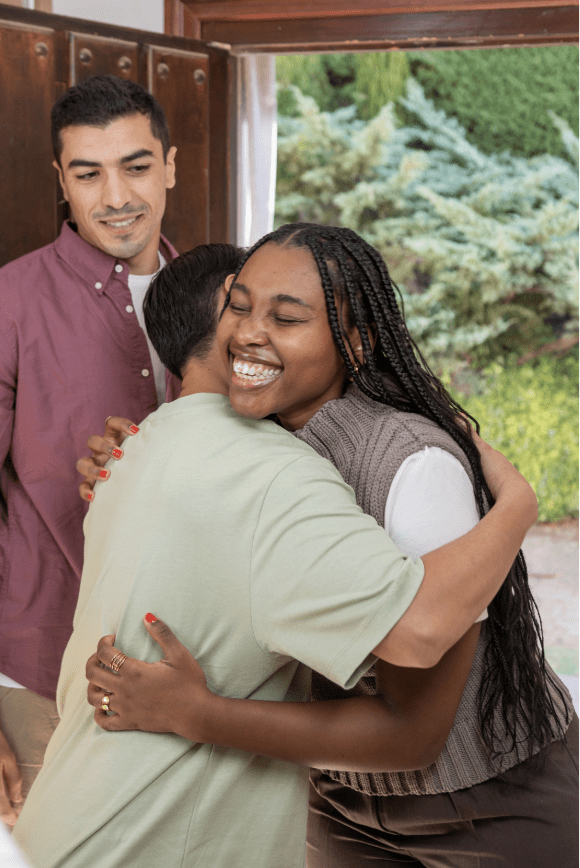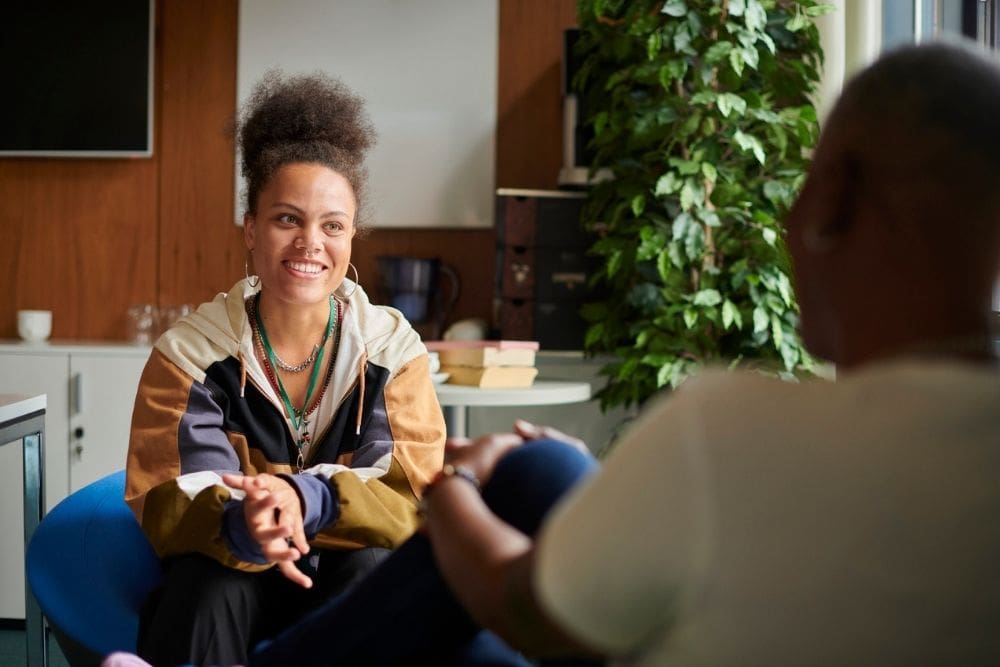You’ve probably wondered what visiting a loved one in residential treatment is really like—what you can bring, what you can say, and whether it even helps. Picture this: a warm hug after weeks apart, a simple note slipped into a hand, or the relief of seeing your loved one’s eyes light up when they see you. The thing is: Visiting your loved one in treatment isn’t just allowed—it’s often encouraged.
Your presence can transform an unfamiliar environment into a place of love, trust, and new beginnings. Whether you’re bringing small comforts or just showing up with open arms, your effort means everything. By the end of this, you’ll have more insight into approaching visits with confidence and compassion—and if you want to focus on regaining your family member’s trust during this time, you can read more about how to rebuild family trust during recovery.
Can You Have Visitors When You’re in Residential Addiction Treatment?
It’s normal to wonder if you can visit your loved one in treatment—or to feel guilty for not showing up sooner. Maybe you’re worried your visit could throw them off track. The truth is, not only can you visit, but your presence may play a powerful role in their motivation and progress. In fact, research even shows that when clients and their families have input in how environments function—how open, social, and accessible they feel—recovery outcomes tend to improve.
That’s exactly what St. Gregory prioritizes: a space that begins clinical but becomes cozy, personal, and emotionally safe through consistent care and connection. Here are a few ways your presence in our space can make a real difference:
- Help unfamiliar environments feel less isolating.
When you show up, you help your loved one reconnect with something familiar and safe—like a piece of home they can hold onto while they go through detox. - Help your loved one blossom in therapy.
Our staff are strangers at first, and supportive visits may make cognitive behavioral therapy, or CBT, sessions feel less suffocating and more like a safety net. That way, both visits and therapy sessions might eventually feel even more meaningful and productive for everyone at a faster rate. - Help your loved one adjust to a substance-free environment quicker.
Every recovery facility’s physical design may focus on providing an efficient, safe environment first and foremost, but it’s your visits that could bring the warmth of laughter, hugs, and human connection into the mix.
What Are Rehab Rules?
Let’s start with this—‘rehab’ may not be the most accurate or kind term anymore. It can feel outdated and even a little stigmatizing. That said, recovery programs differ everywhere, but a few unspoken “rules” can help you navigate visits in a way that supports healing instead of stress.
Here’s what helps most families stay connected and compassionate:
- Be open-minded and rethink old ideas.
This includes unlearning stigmatizing labels like “addict” or “alcoholic.” Those words shrink a whole person into a single struggle. Learning more about positive language in recovery can help you relate to your loved one with empathy and understanding. - Support the treatment plan in practical ways.
Listen to what the care team suggests. Maybe your loved one’s counselor recommends boundaries or emotional space—following those guidelines shows trust and respect. - Consider attending a family treatment program.
St. Gregory offers a Family Program in Des Moines that helps families learn how to communicate, cope, and heal together. It’s not just about the client’s recovery—it’s about everyone growing healthier together.
Can You Communicate With People in Recovery?
Absolutely—and you should. Regular, caring communication can help strengthen family bonds and give your loved one motivation to keep going. Research has shown that family participation improves recovery outcomes across the board because it focuses on connection, problem-solving, and shared healing.
When you use open, warm communication—just listening, being there—you’re doing more than talking. You’re reminding them that family still matters. To learn more about why family therapy plays such a vital role, check out this article on the importance of family therapy in substance use recovery.
What Can You Bring to Someone in Recovery?
Bring a bit of comfort from home. Think cozy socks, calming teas, a handwritten note, or a small framed photo. Even a simple journal can help them reflect between therapy sessions. These little touches can make a structured environment feel softer, familiar, and human again.
You can always check with the St. Gregory Recovery Center team before bringing gifts—they’ll know what’s allowed and what might be most helpful. But sometimes, the best gift isn’t even physical—it’s your steady presence and patience.
Visit Your Loved One in Iowa
Facilities that don’t feel family-centered right away can feel a little intimidating at first—cold lighting, new faces, strict rules. But over time, your visits can help bring warmth and familiarity into that space, especially when a treatment center values connection the way St. Gregory Recovery Center’s residential program in Bayard does.
If you’re ready to take the next step or help a loved one begin their healing journey, read more about finding the right recovery center to learn what to look for and how to get started.




